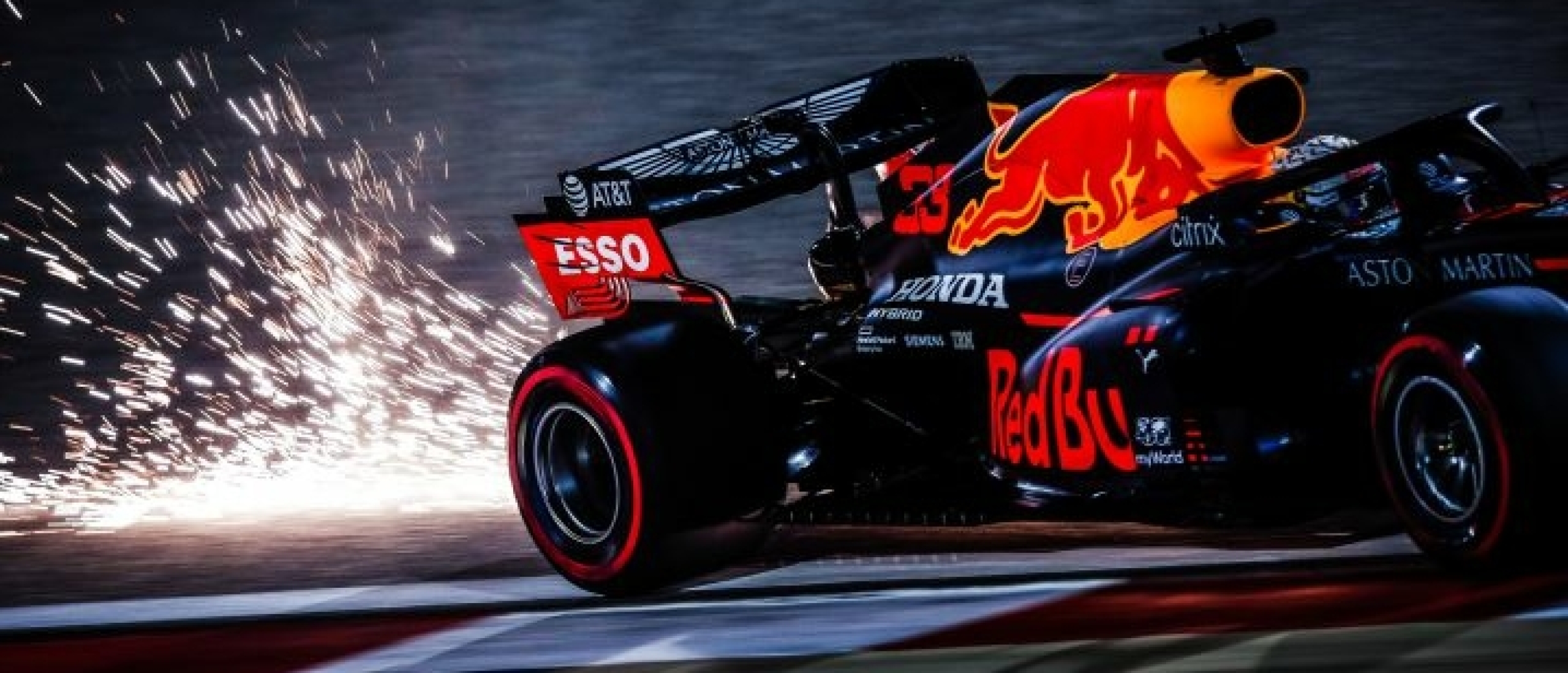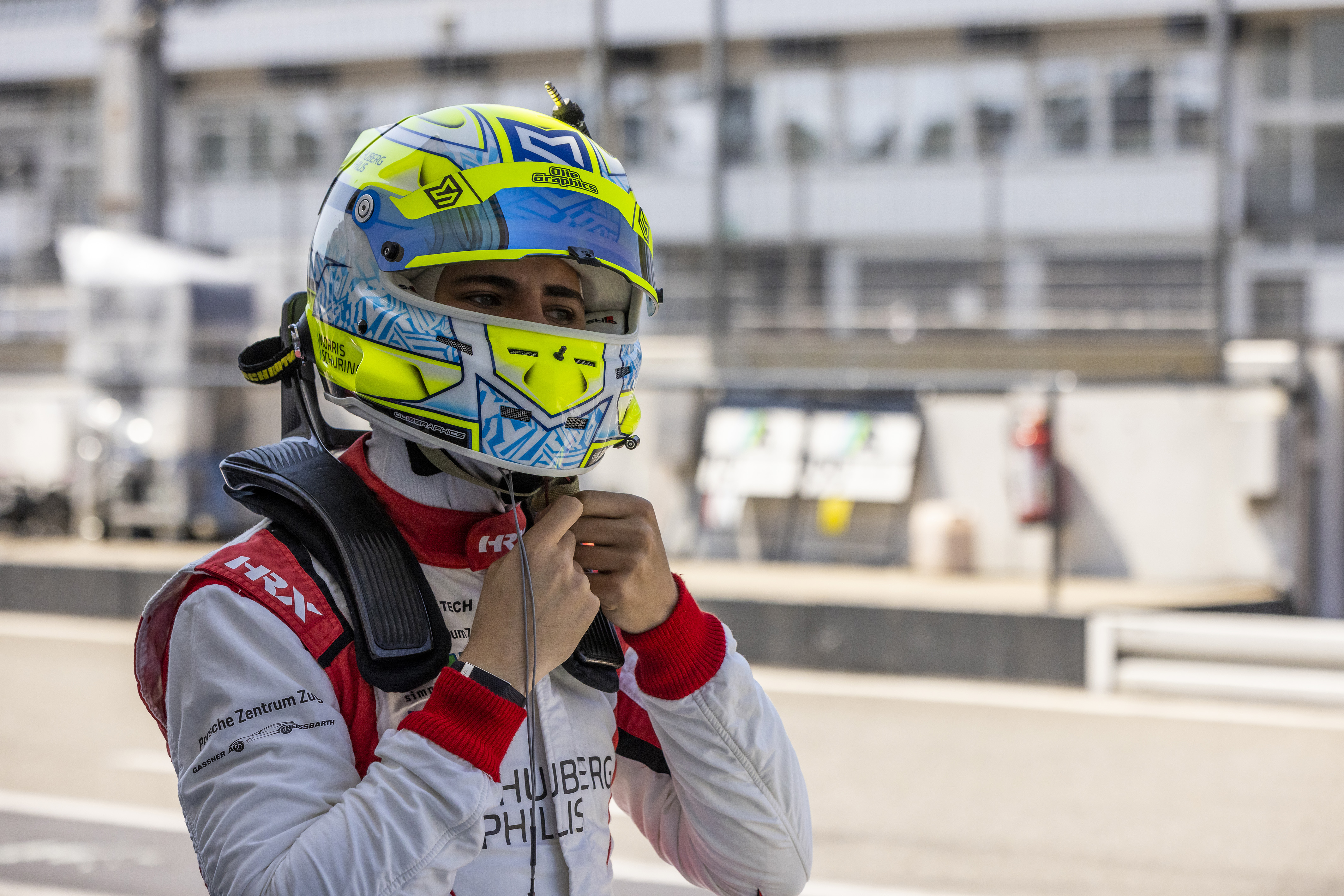When it comes to the exhilarating world of motorsports, Formula 1 (F1) and Grand Touring (GT) racing often capture the limelight. While both revolve around powerful machines, skilled drivers, and thrilling speeds, they offer distinct experiences. Delve into the intricacies that set F1 and GT racing apart, from the cars themselves to the demands placed on their drivers.
The Machines: Technical Titans
F1 Cars: These are bespoke machines, designed and built to the specifications of each F1 team. Aerodynamically optimized, they're lightweight, incredibly fast, and harness advanced technologies. With an open-wheel design, they are tailor-made for agility and speed on custom tracks.
GT Cars: These are derived from production cars. Although they undergo extensive modifications for racing, they retain some semblance of their road-going counterparts. Heavier than F1 cars, they are designed for endurance and often feature closed-wheel designs.The Tracks: From City Streets to Legendary Circuits
F1 Circuits: Formula 1 races often occur on specialized tracks, like the Circuit de Monaco, or even city streets transformed into racing arenas. These circuits demand precision, with a mix of high-speed straights and challenging turns.
GT Circuits: GT racing often gravitates toward endurance circuits like the iconic Le Mans. These tracks can be longer and are designed to test the durability of cars and the stamina of drivers over extended periods.The Drivers: Skill Sets and Specializations
F1 Drivers: With the extreme speeds and high G-forces, F1 drivers require rapid reflexes, a deep understanding of their car's technical nuances, and incredible physical fitness. Their training often emphasizes cardiovascular endurance, neck strength, and reaction times.
GT Drivers: Given the longer duration of many GT races, these drivers need impeccable stamina. Their training often leans more towards sustained performance, focus during extended stints, and adaptability, as they might share driving duties with teammates during a single race.The Race Dynamics: Sprints vs. Marathons
F1 Races: Typically shorter and likened to sprints, F1 races prioritize speed and strategy. Pit stops, tire choices, and split-second decisions by teams play pivotal roles in a race outcome.
GT Races: Many GT events are endurance races, lasting several hours or even 24 hours. The dynamics involve car preservation, driver rotation (in races with multiple drivers), and long-term tactics.
Conclusion: Two Worlds, One Passion
Whether it's the technologically advanced realm of F1 or the enduring challenge of GT, both racing categories celebrate the spirit of competition, engineering marvels, and human potential. Each offers unique thrills, but at their core, both are testaments to the unyielding passion for motorsports.
Join the Winners' Circle with Maverick Training!
Discover the path to success with our transformative training programs.






